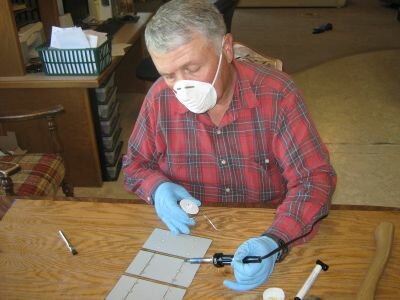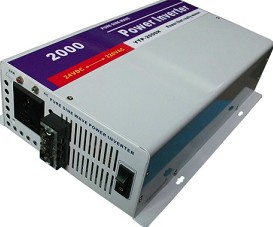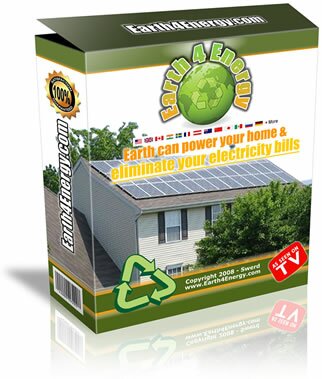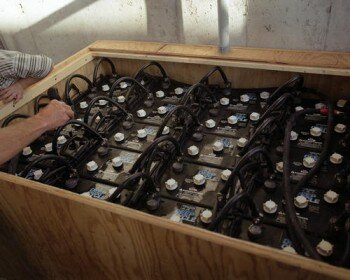
Solar energy is a form of renewable energy wherein you depend on Mother Nature to generate the required power for your home. Considering the fact that we humans have done considerable damage to the nature by using non renewable energy sources and polluted our planet, solar energy helps curb some part of the damage and helps us give back something to nature.
Solar energy provides a lot of benefits. At the same time we also should know its cons. Money investment to get a solar setup is huge. No doubt that you do get a good value in return but the initial investment is what keeps people from opting for solar in the first place. You will find many people who are interested to put up solar models but don’t have enough cash in hand and the others don’t even give it a thought.
Solar models in itself are only equipped to provide you the energy during day times. Its only when the sun is shining that it works best. If you want energy from them at night or during the not so shiny days, then you need backup batteries which will store energy for such situations. If not the batteries then another alternate power source should be fit to ensure you get uninterrupted power.
The amount of sunlight differs from place to place. Sun isn’t generous at all places. When Arizona has higher temperature, New York may be cloudy. Hence what works in Arizona will not be useful in New York. In fact even at different places in your home the amount of sunlight that you receive is different.
Hence you need batteries or the solar panel should be connected using a device called intertie which connects the solar equipment to the public utility system. Also if you see during the day when the sun is shining the need for energy is not at the peak.
The heater will be off, everyone will be at work or school and hence not much activities at home. And this is the time when the energy produced is the maximum. In the evening you get the heater turned on, children start playing their videogames, kitchen equipments run simultaneously and you use the garden mower or vacuum cleaner etc. This is the time when the energy requirement is high and your solar generates less energy.
Considering this, you should give considerable thought around the building codes while setting up the solar panel. Apart from the cost and the planning needed to set it up, you will also be frustrated with the bureaucracy involved in getting permissions and getting other formalities done in installing the solar equipment. Though the government claims to be in favor of alternate energy models, the bureaucracy do exist.
The situation is changing these days. The court favors such installations giving a raise to environment consciousness. Also you need to find a good technical contractor who can install this complex equipment successfully.
Solar panels are the not best looking systems around. You may like it in exhibitions but not when it’s in your backyard or your garden. There are many communities who have banned its usage just because of this. Quiet a lot of efforts are been done by governmental organizations and NGO’s to make usage of solar panels in a larger scale. In the future this will be a major source attracting a lot of tax benefits etc.
Home DIY Solar Panel Guide

Are you planning to make your own solar panel for your home solar power system? If you are, be sure to check out the Green DIY Energy program.
The program was specially created to teach you step by step how to construct a solar array on a shoestring budget. The instructions are in PDF files and also High Definition (HD) video recordings. Click on the link below and visit Green DIY Energy right now.
==> Click here to visit Green DIY Energy now!

 One of the best ways to save money on a residential solar power system is to build your own solar panel. If you are good with hand tools, you can make a Photovoltaic (PV) array for around $150. What you’ll need is a step by step instructional guide.
One of the best ways to save money on a residential solar power system is to build your own solar panel. If you are good with hand tools, you can make a Photovoltaic (PV) array for around $150. What you’ll need is a step by step instructional guide.